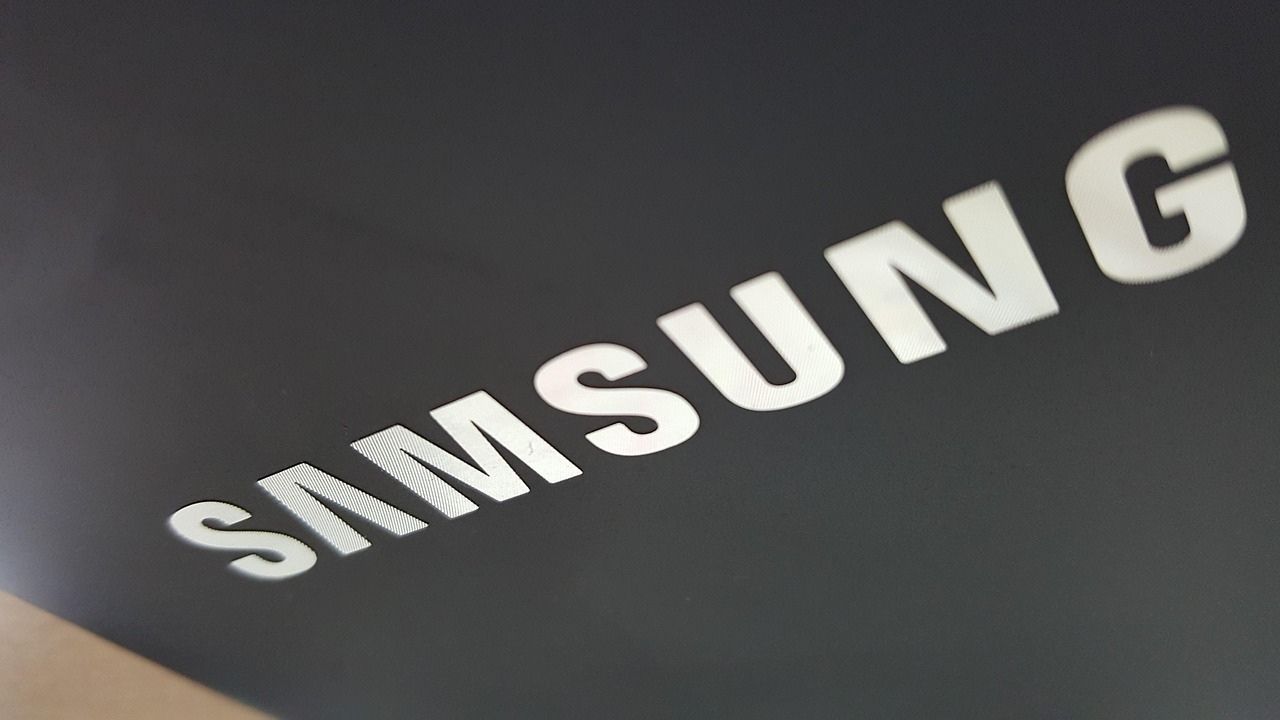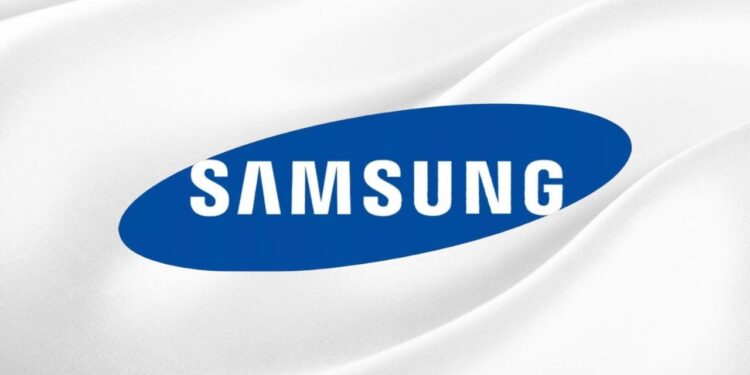The competition around HBM4 is intensifying. After Micron demonstrated its HBM4 progress by shipping customer samples with over 2.8 TB/s bandwidth and pin speeds above 11 Gbps, Samsung revealed impressive HBM4e information at the 2025 OCP Global Summit. Reports from SeDaily and TweaksTown state that Samsung’s HBM4e, which is planned for 2027, aims for per-pin speeds over 13 Gbps and a total throughput of 3.25 TB/s which is about 2.5 times faster than current HBM3e. The reports also mention that Samsung emphasized a power efficiency improvement of more than two times, as HBM4e is expected to use less than half of the 3.9 picojoules per bit consumed by HBM3e.
Samsung’s Latest Strategy Is Pushing The Competition Even Further Into The HBM4e Generation
SeDaily reports that NVIDIA asked for greater bandwidth for its upcoming Vera Rubin AI accelerator, which led to this update. Even though the official standard limits HBM4 to 8 Gbps per pin, NVIDIA pushed major suppliers to deliver over 10 Gbps. ZDNet reported in late September that Micron had shipped customer samples with more than 2.8 TB/s of bandwidth and pin speeds above 11 Gbps, which disproved earlier claims that its chips were limited to 8 Gbps. This put Micron in line with Samsung and SK hynix, which are working with foundry partners to reach speeds over 10 Gbps. Meanwhile, Samsung’s newest strategy pushes the competition further into the HBM4e generation.

Samsung is reportedly changing its HBM4 strategy to focus on mass production. At the same time, Samsung is said to be making a significant change in strategy. The Chosun Daily reports that the company may dissolve its 1c DRAM yield-improvement task force in order to speed up HBM4 mass production this year.
Samsung Plans To Complete Internal Production Approval (PRA) For 1c DRAM
According to the report, this decision shows Samsung’s determination to enter NVIDIA’s supply chain and secure an early share of the market, even though its 1c DRAM for HBM4 reportedly did not exceed a 50 percent yield in recent cold tests. The Chosun Daily explains that Samsung originally planned to finish the internal production authorization (PRA) for its 1c DRAM for HBM4 by the third quarter.
However, the report cites sources who say that the company has skipped this step and is now moving directly toward preparing mass production for HBM4. Samsung stood out from its competitors by shifting its HBM4 base die to a 4nm FinFET process and planning high-volume output before the year ends. According to TrendForce, speeds should hit 10 Gbps, and Samsung is likely to lead in producing chips that achieve this





